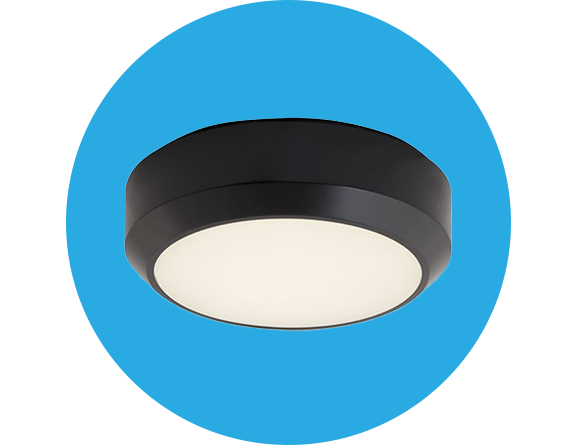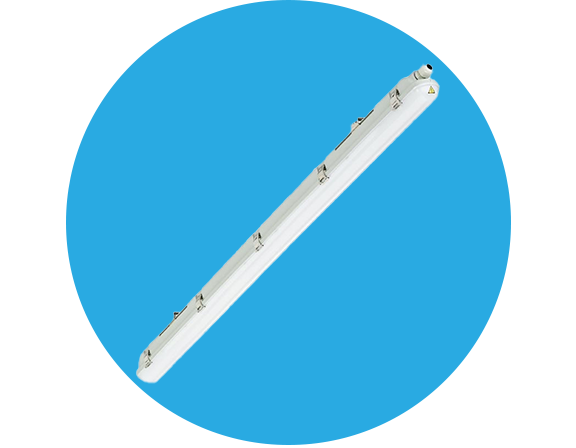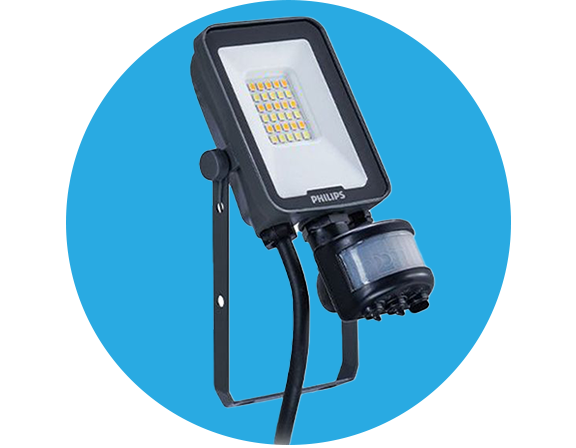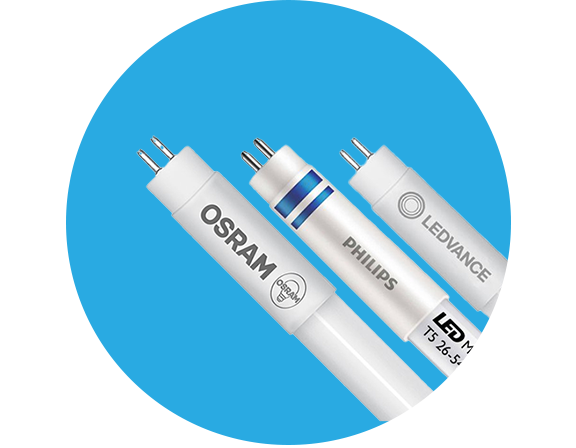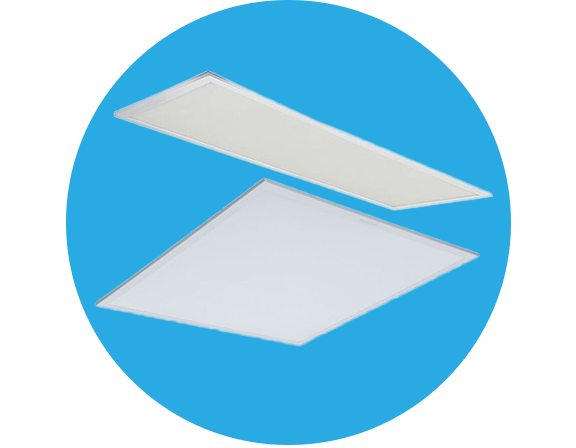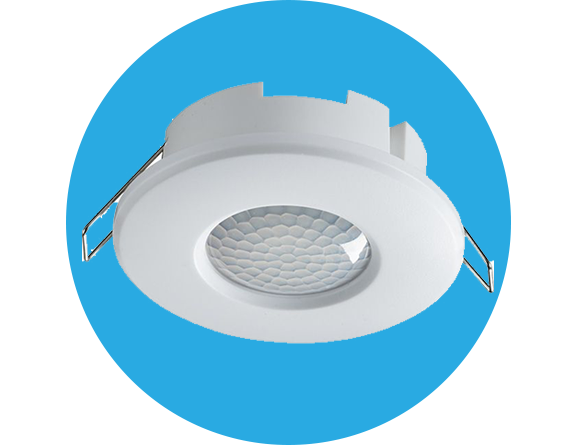The Complete Guide to Home Garage Lighting
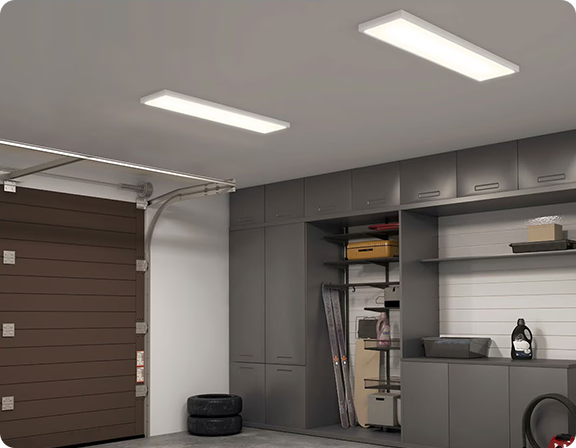
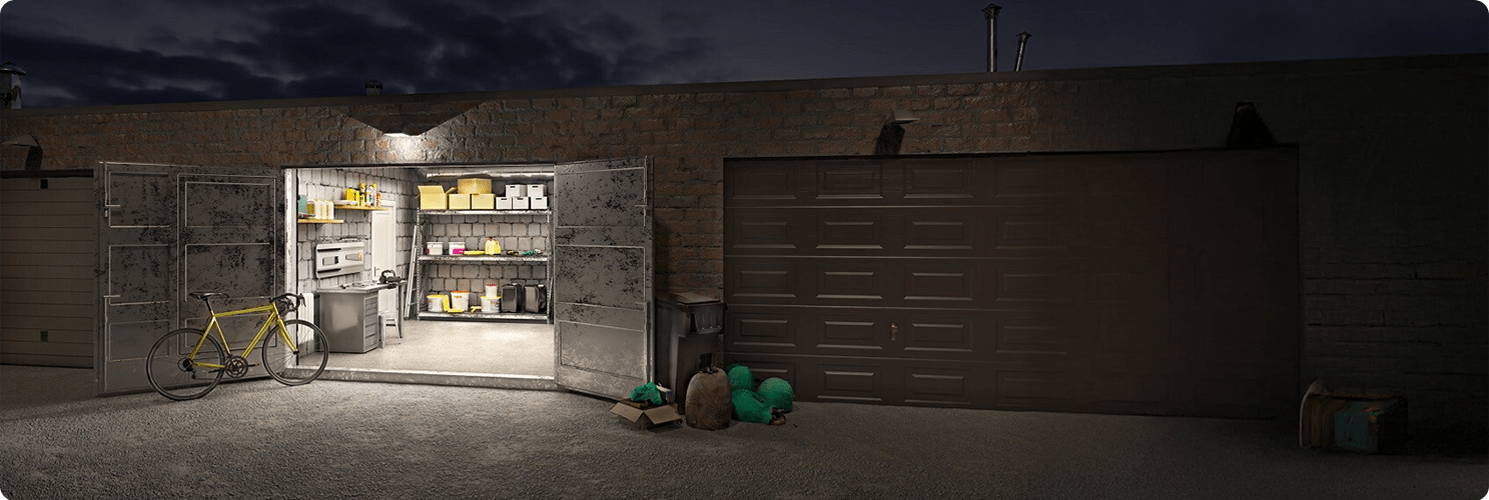
Table of Contents
The Complete Guide to Garage Lighting: Best Fixtures for Function, Style & Safety
Garage lighting is often overlooked, but a well-lit garage transforms how you use your space, whether it’s parking, DIY projects, or setting up a home gym. Lightsave Home's guide walks you through the best lighting options for every type of garage setup, from durable bulkhead fittings to motion-sensing floodlights.
Why Garage Lighting Matters
Garages are some of the most versatile yet poorly lit areas in UK homes. A good lighting setup helps with safety, productivity, and energy efficiency. Whether your garage is damp, cluttered, or just in need of a refresh, choosing the right lighting can make a huge difference.
Improve visibility and safety — reduce the risk of trips, slips, and accidents, especially in damp or cluttered garages.
Transform your space — turn a cold storage room into a bright gym, workshop, or utility area.
Lower your energy bills — modern LED solutions offer powerful illumination using minimal electricity.
Make maintenance easier — quality lighting helps you spot issues with tools, electrics, or your car before they become problems.
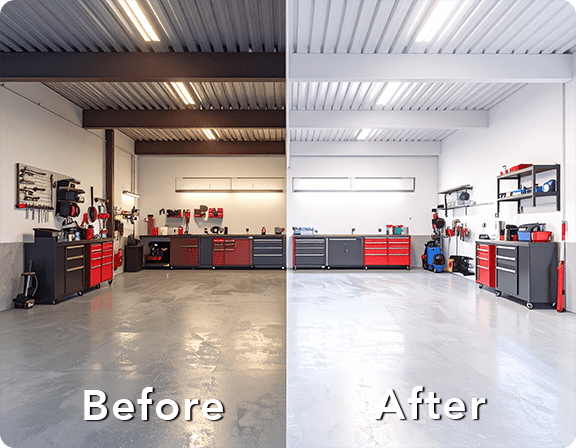
Choosing the Right Lighting for Your Garage
When upgrading your garage lighting, think about the size, use, and layout of your space. Cold or unheated garages need weatherproof fittings. Workspaces need bright, even task lighting. Occasionally used areas might only need simple, automatic lights.
Garage Lighting Types Explained
Here’s a breakdown of the most popular options:
1. Garage Bulkhead Lights
Bulkheads are compact, enclosed lights that can be mounted on the ceiling or wall. Their sealed design — often IP65-rated — makes them ideal for damp, dusty, or cold garages. Choose from round or oval styles, and look for tough polycarbonate diffusers for extra durability.
2. Garage Batten Lights
Batten lights are long, linear fittings that offer wide-area illumination. They’re perfect for garages where you need bright, consistent light across workbenches, storage areas, or vehicles. LED battens are energy-efficient and available in single or twin outputs. Weatherproof versions are available for harsher environments.
3. Garage Floodlights
Floodlights aren’t just for outdoors. Many homeowners now use LED floodlights inside garages — particularly above roller doors or in work zones. Our Philips Ledinaire range includes CCT-adjustable models (choose from 3000K, 4000K or 6500K) and comes with optional PIR or photocell sensors for hands-free control.
4. LED Tubes for Garages
Still using old fluorescent tubes? LED tubes are a fast, cost-effective upgrade. They fit into existing fittings with minimal rewiring, turn on instantly, and last longer. Ideal for general ceiling lighting in standard garages, they also consume less energy and reduce flicker.
5. LED Panels
If you’ve converted your garage into a gym, studio, or utility room, LED panels offer sleek, even light with minimal glare. They’re best suited for finished garages with plasterboard ceilings or suspended grids. Choose cool white or daylight tones for clarity.
6. PIR Sensors and Motion Control
Adding PIR sensors or dusk-to-dawn controls makes garage lighting more efficient and secure. Motion sensors are ideal if your garage is used as a passageway, utility area, or if you’re regularly carrying items in and out. Many bulkheads and floodlights now come with built-in sensors.
LED Bulkheads: The Ansell Delta CCT is a versatile IP65-rated bulkhead with multiple options available in black or white
LED Battens: The Signify Ecolink 4ft Non-Corrosive Fitting offers durable IP65 protection, making it ideal for damp or dusty garages.
LED Floodlights: The Philips Ledinaire 20W CCT Floodlight with PIR combines motion sensing and colour selection in a compact, energy-efficient design.
LED Tubes: The LEDVANCE 3ft 10W T8 LED Tubes are a perfect upgrade for fluorescent fittings — energy-saving, long-life, and easy to retrofit.
LED Panels: The Kosnic Rydal 30W Backlit LED Panel delivers smooth, flicker-free light — perfect for garage conversions or integrated ceilings.
PIR Sensors: The Knightsbridge OS009 PIR Sensor provides 360° motion detection — ideal for automated garage lighting.
How to Upgrade Your Garage Lighting in 5 Steps
Measure your space – Calculate the area (in sq ft or m²) and aim for 50–75 lumens per square foot, depending on brightness needs.
Identify how the garage is used – Is it purely for storage, parking, hobbies, or something more?
Choose your fitting type – Use bulkheads for utility and protection, battens for coverage, floodlights for spotlighting, and panels for comfort.
Consider automation – PIR sensors or photocells can switch lights on and off for you automatically.
Install safely – Always follow electrical guidelines. For retrofits or new wiring, consult a qualified electrician.
Popular Garage Lighting Features to Look For
IP65 rating for moisture and dust protection
Cool white (4000K) or daylight (6500K) colour temperatures
Polycarbonate lenses for toughness
Motion or photocell sensors for automation
Plug-in or battery options for quick installs
Best Lights for Common Garage Types
Detached garages: Use PIR floodlights outside, LED battens inside for strong general lighting
Integrated garages: Use bulkheads or LED panels for modern, low-glare lighting
Converted garages: Choose soft white panels or directional LED spots to match interior comfort
Need Help Choosing?
At Lightsave Home, we specialise in garage lighting for every type of domestic setup. Whether you’re upgrading old fittings or building a new space from scratch, we stock tough, energy-efficient options from trusted brands like Philips and Ecolink — all at some of the best prices online.
Explore our garage lighting collection or speak to our team for tailored advice.
FAQs: Garage Lighting
1. What is the best type of lighting for a garage?
The best garage lighting depends on how you use the space. For general tasks, LED battens or panels provide even coverage. For outdoor security, floodlights with PIR sensors are ideal. Bulkheads are great for robust, low-maintenance lighting near entrances.
2. Are LED bulkhead lights suitable for damp garages?
Yes, most LED bulkheads are IP65-rated or higher, making them water- and dust-resistant — ideal for damp or poorly insulated garages.
3. How bright should my garage lighting be?
Aim for around 300–500 lumens per square metre for general lighting. Choose higher lumen outputs or add task lights for workbenches or DIY areas.
4. Do I need an electrician to install garage PIR sensors?
Most PIR sensors are straightforward to install, especially surface-mounted versions. However, for wired-in sensors or integration with existing lighting circuits, professional installation is recommended.
5. Can I upgrade my old fluorescent tubes to LED tubes in the garage?
Yes, you can. Many LED tubes are retrofit-compatible. Just make sure to check whether your fixture requires a rewiring (direct wire) or a compatible ballast.
